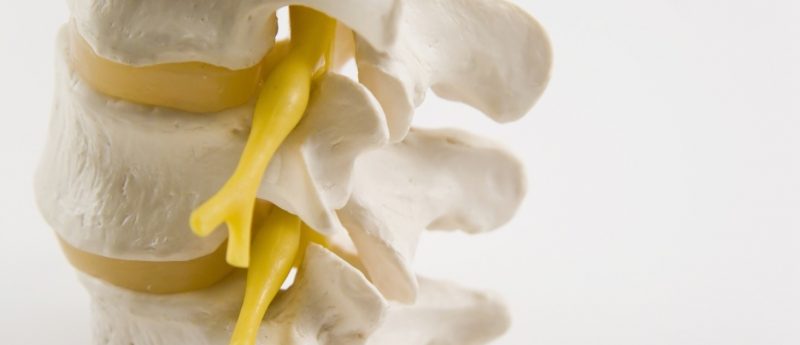Next-generation bone implants

New approach to 3D printing from Nottingham Trent University (UK) aiming to to improve the toughness of synthetic bone substitutes could aid bone recovery after disease or injury.
Innovative research conducted at Nottingham Trent University (UK) has pioneered a new 3D printing method to aid regeneration of human bone tissue following major damage. The research aims to improve the toughness of synthetic bone substitutes, one of the main requirements for patients who have lost a large volume of bone tissue following damaging events such as cancer treatment or catastrophic fracture.
Following disease or injury, the 3D lattice bone scaffold acts as a temporary bridge to allow the regeneration of natural tissue. The scaffold can be printed to the exact size and shape required based on medical imaging data and can be porous to allow for blood flow and cell growth. The scaffold is made from the same materials found in natural bone and is designed to be dissolved and replaced by new tissue during the recovery process.
This recent research examined how the growth of crystals at sub-zero temperatures can be combined with 3D printing to structure a material at different orders of magnitude, in order to improve the mimicry of structures observed in biological materials.
“This research demonstrates how 3D printing in combination with freezing can reduce significantly the fabrication time and cost of such medical devices,” explained Nottingham Trent researcher Manolis Papastavrou. “The secret behind the toughness of many biological materials is the way their components are arranged from the molecular all the way up to a macro level. Using this design strategy could help engineer bone scaffolds, whose porosity does not compromise their strength. In the long term, this research could contribute to replacing the use of metal in orthopedic implants with materials that can be broken down by the body.”
This work was recently presented by Papastravrou at the Printing for the Future Conference in London, UK.
— Written by Hannah Wilson